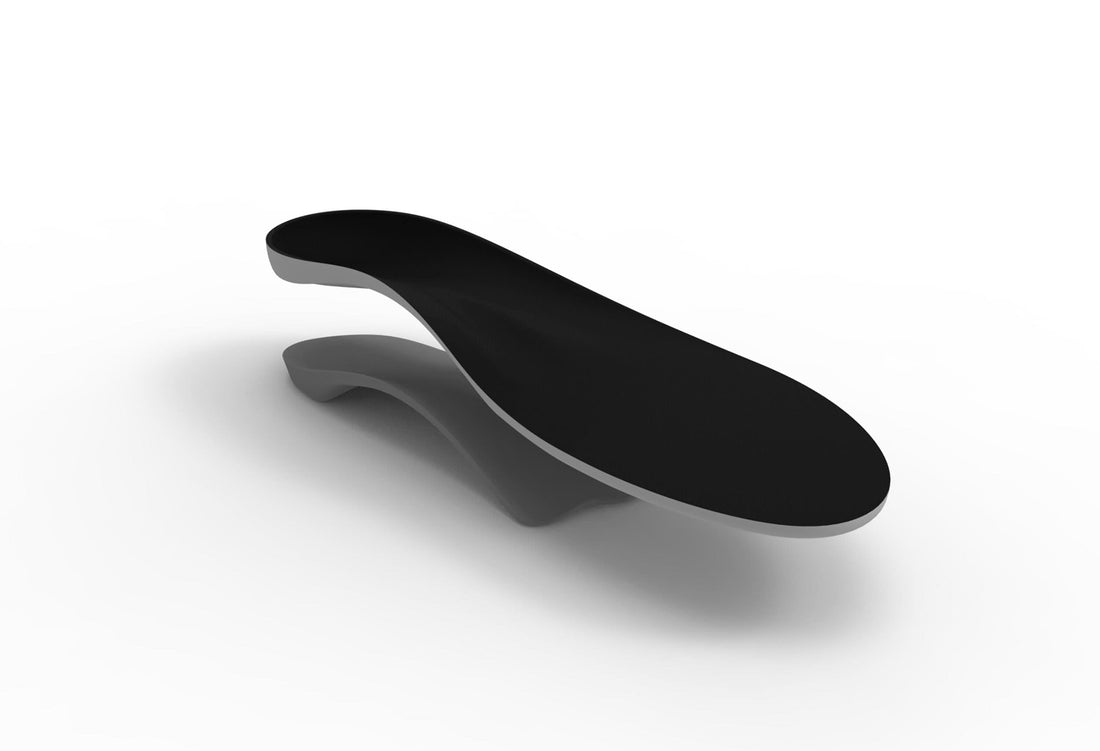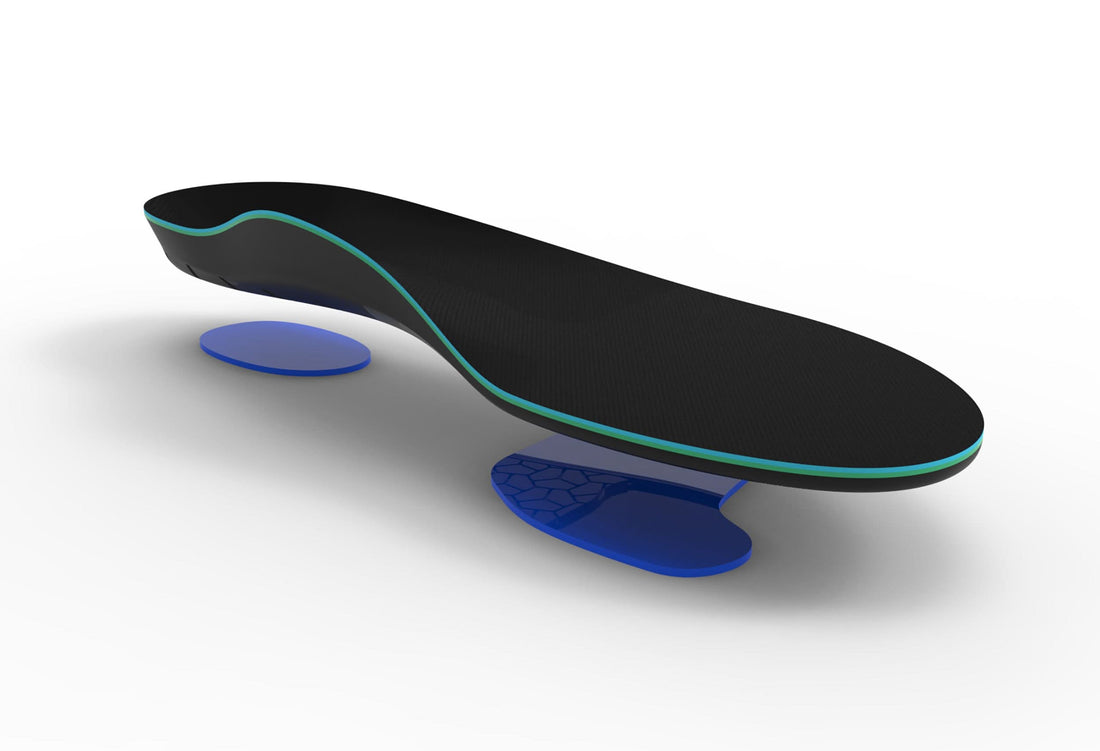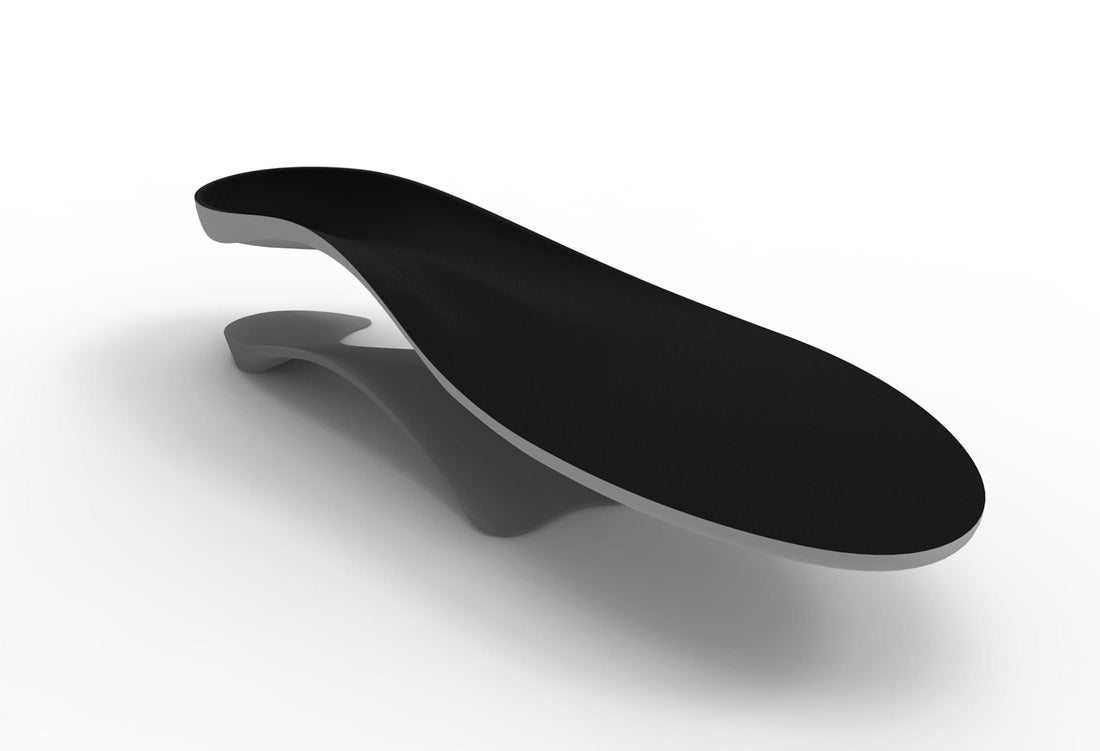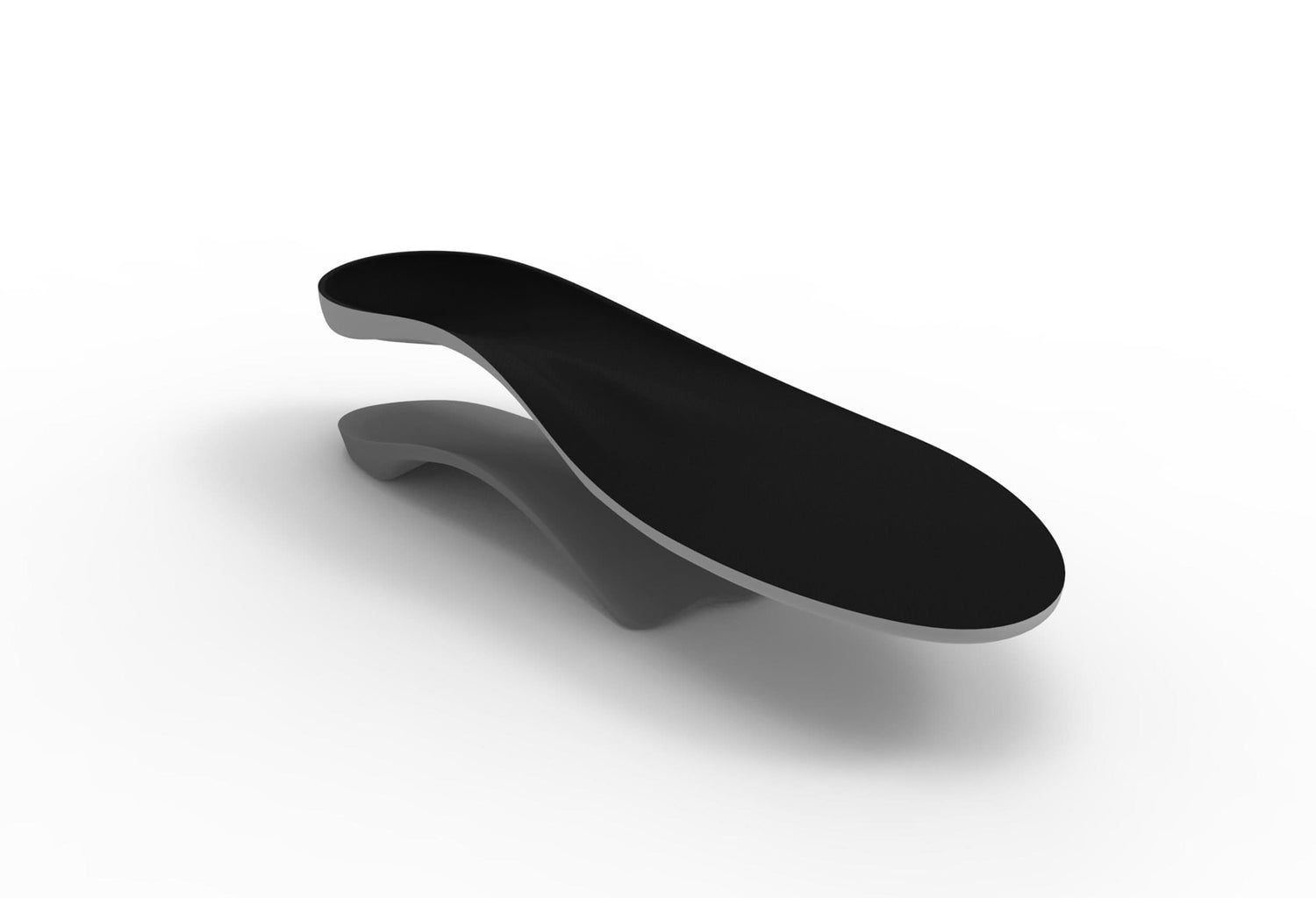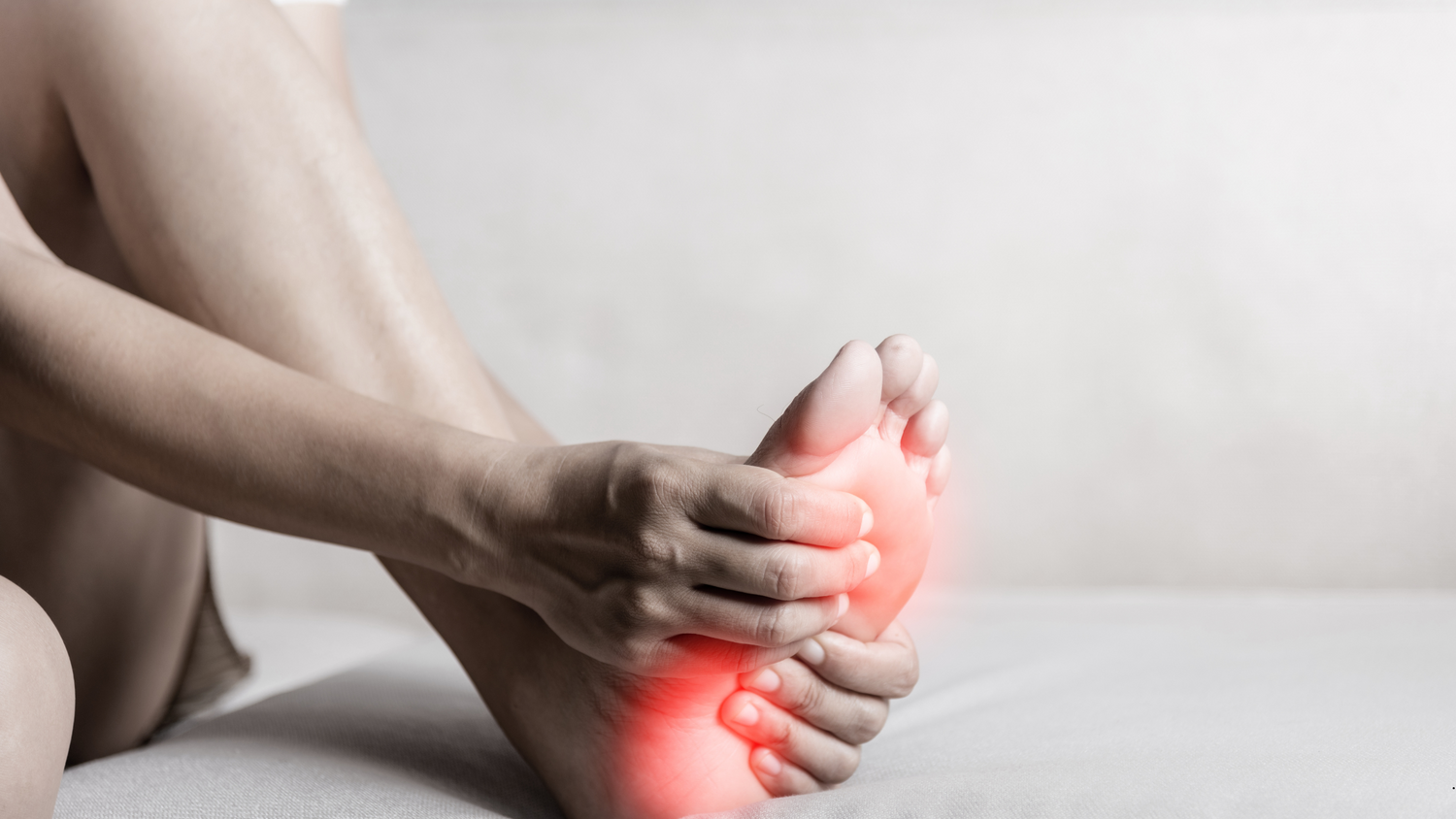Severs Disease, otherwise known as Osteochondroses, is the most common injury of its kind to affect children’s feet. The condition predominately affects children between the ages of 8 – 15 and causes pain at the back of the heel where the Achilles tendon inserts onto the bone. Children will complain of pain during activity and may have difficulty walking.
Cause
Severs disease arises due to a traction of the Achilles Tendon from the heel bone or from excessive impact forces to the area during peak growing periods. Most children will present with one or many of the following backgrounds;
- Recent periods of rapid growth/changes of body mass/strength
- Overuse – Multiple sporting clubs, multiple sports, high intensity of training
- Poor footwear (insufficient heel height)
- Training errors
- Tight surrounding muscles
- Osseous growth proceeds that of the soft tissue
- Poor biomechanics and posture (excessive pronation/flat feet)
Symptoms
- Pain is reproduced through a gentle squeeze of the back of the heel
- Children may present with a limp or ‘Bouncy gait’
- Pain is worse barefoot and often present in the mornings and post exercise
- The pain is located at the back of the heel, with localized swelling of the area
Diagnosis
Diagnosis of Severs disease is primarily done during a clinical consultation with your physician. Xrays may or may not reveal the condition and are not necessary to confirm the diagnosis. Testing may reveal tightness in the calf muscles and a reduction in flexibility and a Gait Assessment may reveal a Limp or ‘Bouncy Gait’ as patients with this condition are reluctant to let the heel drop to the ground as this often reproduces pain.
Treatment
Once diagnosed, there is a list of treatment options available to begin the recovery process. Unfortunately due to the nature of the condition it will often be a reoccurring condition until closure of the growth plates of the heel and elongation of the soft tissue structures. However with appropriate education, correct management of symptoms and prevention strategies, Severs disease can be well managed by the individual and their parents.
Prevention
- Treat symptoms when they occur with RICE and NO HARM. RICE (Rest Ice, Compression and Elevation) will help following activity and when symptoms flare, while No HARM (No Heat, alcohol, running or massage) will help reduce the symptoms from occurring.
- Orthotics: The use of an Interpod Orthotic will assist in realigning the foot, which will reduce the stress on the Achilles Tendon and prevent reoccurring symptoms. The orthotic achieves this by reducing the forces and stress placed on the limbs during walking and running
- Exercise reduction. Patients may need to reduce their level of activity if this is seen as a contributing factor.
- Training errors; Ensue athletes warm up and cool down correctly with stretching activities.
- Footwear: Sporting and school shoes should have an appropriate heel height to assist in offloading of the Achilles tendon.
References
Evans, A (2010). The Pocket Podiatry Guide: Pediatrics. Churchill Livingstone, Chapter 13.
Brukner and Khan (2009). Clinical Sports Medicine. The McGraw-Hill Companies, pg 591 – 609.


